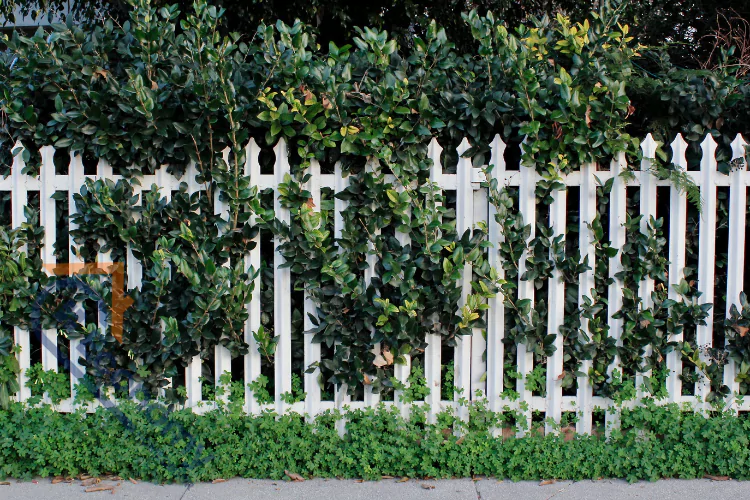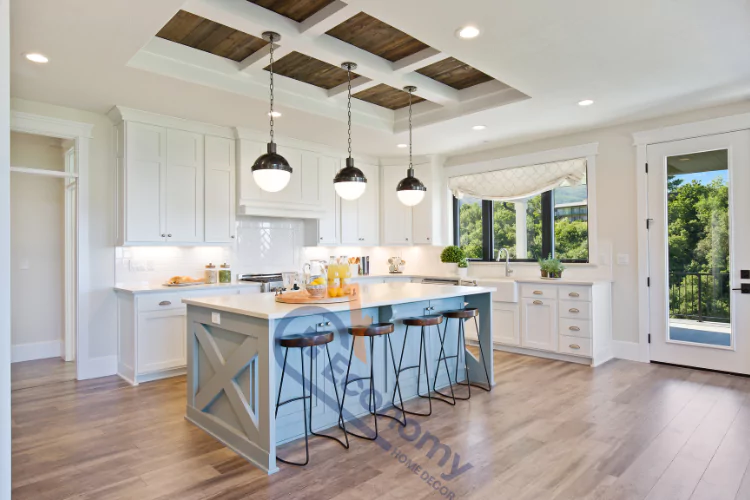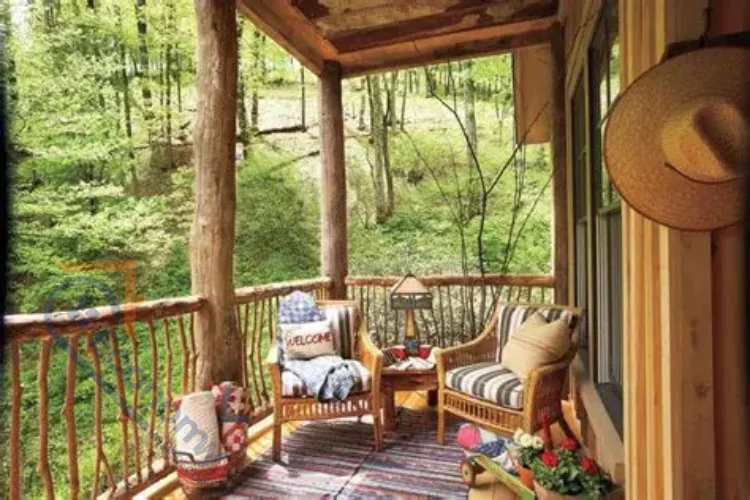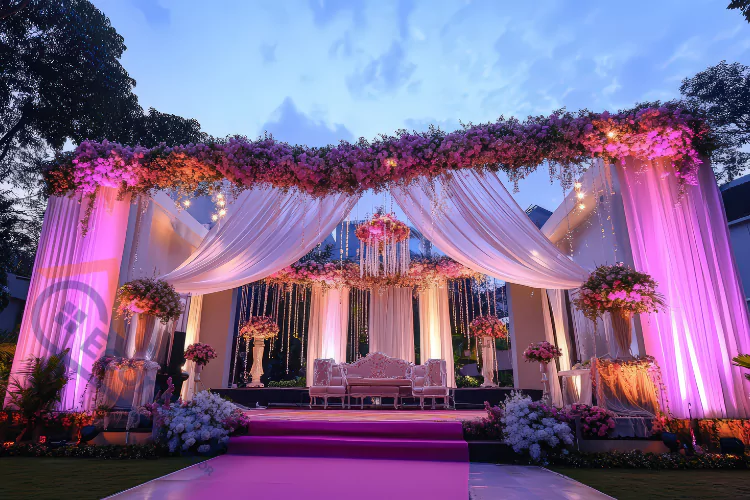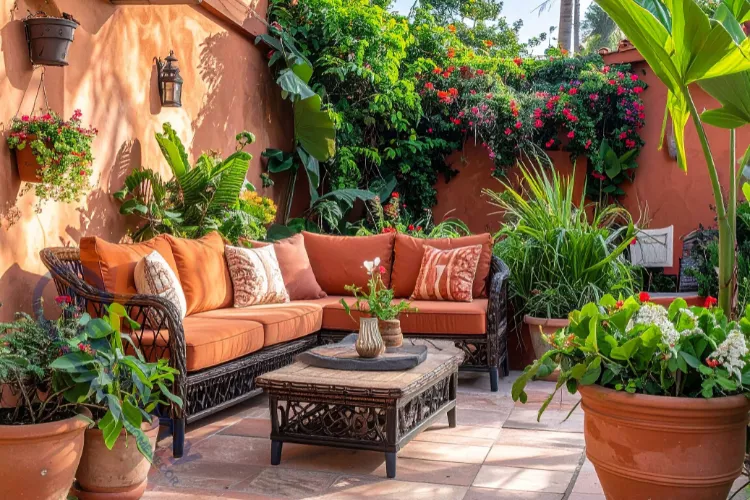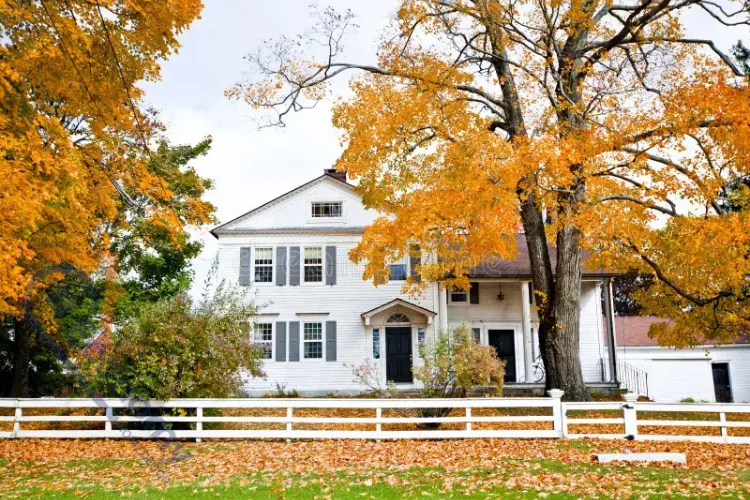Choosing the right fence for your property can feel overwhelming with so many options available. Whether you’re looking to boost your home’s curb appeal, keep your pets safe, or add privacy to your backyard, understanding different fence types is essential. In this guide, we’ll explore wooden, aluminum, and living fences to help you make the best decision for your needs and budget.
Why Your Fence Choice Matters
Your fence is more than just a boundary marker. It’s an investment that affects your property’s value, security, and overall appearance. Different fence types serve different purposes, and what works perfectly for your neighbor might not be the best fit for your situation. Let’s dive into the most popular options and discover which one matches your lifestyle and goals.
Wooden Fences: The Classic Choice
Wooden fences have been a favorite among American homeowners for generations, and for good reason. These traditional barriers offer a warm, natural look that complements almost any architectural style. Cedar, pine, and redwood are the most common wood choices, each bringing unique benefits to your yard.
The beauty of wooden fences lies in their versatility. You can paint them any color, stain them to enhance the natural grain, or leave them to weather naturally for a rustic appearance. They provide excellent privacy and can be customized to various heights depending on your needs. Wood is also relatively easy to repair – if one board gets damaged, you can simply replace that section without rebuilding the entire fence.
However, wooden fences require regular maintenance to stay looking their best. You’ll need to seal or stain them every few years to protect against rot, insects, and weather damage. Despite this upkeep, many homeowners feel the classic aesthetic is worth the extra effort.
Cost Breakdown: Wooden Fencing
When budgeting for a wooden fence, expect to pay between $15 to $35 per linear foot for materials and installation. Pine is typically the most affordable option, while cedar and redwood cost more but offer better natural resistance to decay. The total cost depends on your fence height, style, and yard size. A typical residential wooden fence for a quarter-acre lot might run between $2,500 and $5,500.
Aluminum Fences: Modern and Low-Maintenance
Aluminum fences bring a sleek, contemporary feel to any property. These fence types are incredibly popular in suburban neighborhoods because they combine durability with minimal upkeep requirements. Unlike wood, aluminum won’t rot, warp, or attract termites, making it a practical long-term investment.
One of aluminum’s biggest advantages is its versatility in design. You can find options that mimic the look of wrought iron without the heavy price tag or rust concerns. Aluminum fences work beautifully around pools, gardens, and front yards where you want security without blocking your view. They’re also lightweight, which makes installation faster and easier than heavier materials.
The main drawback of aluminum is that it doesn’t provide much privacy since most designs feature spacing between pickets. If privacy is your top priority, aluminum might not be your best choice unless you pair it with landscaping or privacy slats.
| Fence Type | Average Cost (per linear foot) | Lifespan | Maintenance Level |
|---|---|---|---|
| Wooden | $15-$35 | 15-20 years | High |
| Aluminum | $20-$40 | 30-50 years | Low |
| Living | $5-$20 | Indefinite | Medium |
Aluminum Fence Costs and Longevity
Aluminum fencing typically costs between $20 and $40 per linear foot installed. While this might be slightly more expensive upfront than wood, aluminum fences can last 30 to 50 years with virtually no maintenance. You won’t need to paint, stain, or seal them – just an occasional rinse with a garden hose keeps them looking fresh. This makes aluminum an excellent value over time.
Living Fences: Nature’s Beautiful Boundary
Living fences, also called hedge fences or green fences, use plants to create a natural barrier around your property. Popular choices include boxwood, privet, arborvitae, and bamboo. These eco-friendly fence types offer unique benefits that traditional materials simply can’t match.
Living fences improve air quality, provide habitat for birds and beneficial insects, and create a peaceful, natural atmosphere in your yard. They can offer excellent privacy once mature, and they actually increase in value over time as the plants grow. Many homeowners appreciate that living fences blend seamlessly with the landscape rather than creating a stark, man-made boundary.
The challenge with living fences is patience – they take time to establish and fill in completely. You’ll also need to commit to regular pruning, watering, and occasional fertilizing to keep them healthy and looking their best. If you’re working with professionals like FenceCraft, they can help you design a combination fence solution that incorporates living elements with traditional materials.
Investment in Green Barriers
Living fences are often the most budget-friendly option upfront, costing between $5 and $20 per linear foot for plants and initial installation. However, you’ll need to factor in ongoing costs for water, fertilizer, and maintenance tools. The payoff comes in their longevity – a well-maintained living fence can last indefinitely and actually appreciates in value as the plants mature.
Best Uses for Each Fence Type
When to Choose Wooden Fences
Wooden fences excel in situations where you need complete privacy and a traditional look. They’re perfect for backyards where you want to create an enclosed, intimate space for entertaining or relaxing. Wood is also ideal if you plan to paint your fence to match your home’s exterior or want the flexibility to change its appearance over time.
When Aluminum Makes Sense
Choose aluminum for front yards, pool areas, or anywhere you want security without sacrificing visibility. These fence types are perfect for showing off your landscaping while keeping children and pets safely contained. Aluminum is also excellent in coastal areas where salt air would damage wood.
When Living Fences Shine
Living fences work wonderfully for property line marking in spacious yards, creating windbreaks, or adding privacy gradually while enhancing your landscape. They’re ideal for environmentally conscious homeowners who want to support local wildlife and reduce their carbon footprint.
Key Takeaways
- Wooden fences offer classic beauty and complete privacy but require regular maintenance every 2-3 years
- Aluminum fences provide long-lasting durability with virtually zero maintenance, though they sacrifice privacy
- Living fences are eco-friendly and budget-conscious initially but need time to mature and ongoing care
- Consider your priorities: privacy, maintenance level, budget, and aesthetic preferences when choosing fence types
- Combining different materials can give you the best of multiple worlds
Frequently Asked Questions
Which fence type lasts the longest?
Aluminum fences have the longest lifespan at 30-50 years, followed by properly maintained wooden fences at 15-20 years. Living fences can last indefinitely with proper care.
What’s the most affordable fence option?
Living fences typically have the lowest upfront costs, though wooden fences can be budget-friendly depending on the wood species you choose.
Do I need professional installation?
While some fence types can be DIY projects, professional installation ensures proper placement, permits, and longevity. Complex projects especially benefit from expert help.
Can I combine different fence types?
Absolutely! Many homeowners use aluminum or wood for the main structure and add living elements for softness and privacy.
Conclusion
Selecting among different fence types doesn’t have to be complicated. Wooden fences bring timeless charm and privacy, aluminum fences offer durability and modern appeal, and living fences provide eco-friendly beauty that grows with your home. Consider your specific needs, maintenance willingness, and budget to make the choice that you’ll be happy with for years to come. Remember, the right fence enhances your property’s value while serving your practical needs perfectly.

